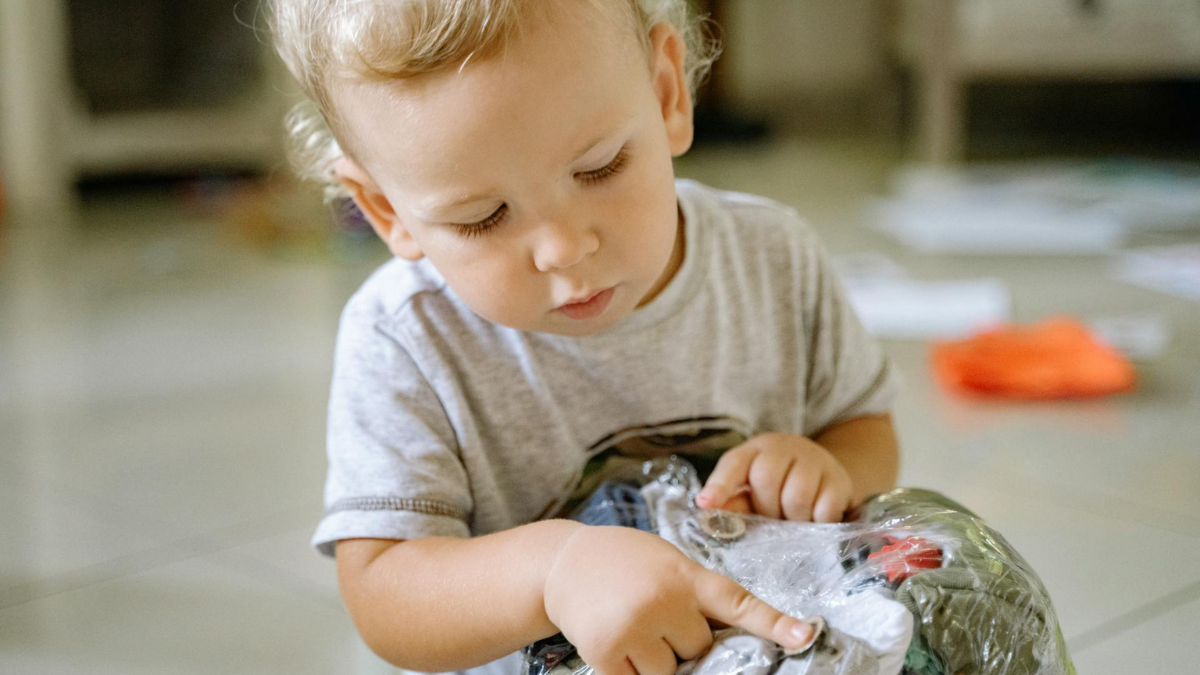Tiny Travellers: Navigating Toddler Relocation
Relocation, though often a source of adult excitement, can be an emotional rollercoaster for children. These early explorers thrive on routine and familiar faces, making a sudden change of scenery a potential disruptor of their sense of security and stability. However, fret not! With a deeper understanding of the possible impact of house relocation on your toddler and some practical strategies, you can help your little ones navigate this transition smoothly.

Understanding the Effects of Toddler Relocation
A toddler’s world revolves around established routines, familiar faces, and a comfortable environment. Moving house disrupts this ecosystem, leading to a range of emotional and behavioural manifestations.
Here are some common effects you might observe:
Emotional impact
- Anxiety and apprehension: The unknown can be intimidating, especially for children. They may become clingy, withdrawn, and even experience nightmares.
- Sadness and grief: Saying goodbye to friends, caregivers, and cherished places can evoke feelings of sadness. They might cry frequently or express longing for their previous life.
- Frustration and anger: Unable to verbally express their emotions, toddlers may resort to tantrums, aggression, or disobedience to convey their frustration with the change.
Behavioural changes
- Regression: Some toddlers may exhibit developmental regression, behaviours such as bedwetting, needing assistance with feeding, or clinging to familiar objects for comfort.
- Disruptions in sleep and eating patterns: Changes in routine can lead to sleep disturbances or altered appetite.
- Increased clinginess: They may become more attached to their caregivers for reassurance and a sense of normalcy.
- Social withdrawal: They might hesitate to interact with unfamiliar people and avoid new situations.
Factors influencing the severity
The intensity of toddler relocation effects varies depending on several factors:
- Age: Younger toddlers, with less developed coping mechanisms, tend to struggle more compared to older ones.
- Temperament: Some children are naturally more resilient than others. Shy or anxious kids may find adjustment particularly challenging.
- Preparation: Prior preparation, including open communication and familiarisation with the new environment, can ease the transition.
- The new environment: A welcoming, stimulating, and safe environment can significantly boost adjustment.
Smoothing the transition: Supporting your tiny traveller
Here are some evidence-based strategies to help your child navigate this crucial transition:
Preparation
- Open communication: Discuss the move openly and honestly, using language tailored to their age and understanding. Highlight the exciting aspects of the new home and potential adventures.
- Familiarisation: If possible, take them on a tour of the new house and let them explore their future bedroom and play areas. This allows them to visualise their new environment and feel a sense of ownership.
- Packing familiar items: Let them choose some favourite toys and belongings to bring along, creating a sense of comfort and familiarity in their new space.
The move
- Maintaining routine: As much as possible, stick to their established sleep, meal, and playtime routines to provide stability and predictability during this period of change.
- Creating a safe haven: Designate a cosy corner in their new room with their favourite things, making it a sanctuary for relaxation and comfort.
- Patience and understanding: Allow time for adjustment. Don’t get discouraged by occasional tantrums or regressions. Remember, they are processing the change and adapting to their new surroundings.
- Emotional support: Provide comfort and reassurance. Validate their feelings and remind them of your unwavering love and support.
Building a new life
- Exploration and discovery: Take them to parks, playgrounds, and other child-friendly spaces in your new community. This fosters a sense of belonging and allows them to discover their new environment.
- Social integration: Encourage interaction with peers. Organise playdates with other children in the neighbourhood or enrol them in local playgroups or childcare facilities.
- Shared responsibility: Involve them in simple tasks like unpacking their belongings or choosing decorations for their room. This empowers them and provides a sense of control.
- Seeking professional support: If you encounter significant challenges, don’t hesitate to consult a child therapist or paediatrician for guidance and tailored support.
Remember, every child is unique and will respond to relocation differently. By being patient, understanding, and supportive, you can help your little traveller navigate this transition smoothly and establish roots in their new home. Embrace the adventure together, and watch them flourish in their new environment.
Check out our guides: Moving with Children and House Moving.
